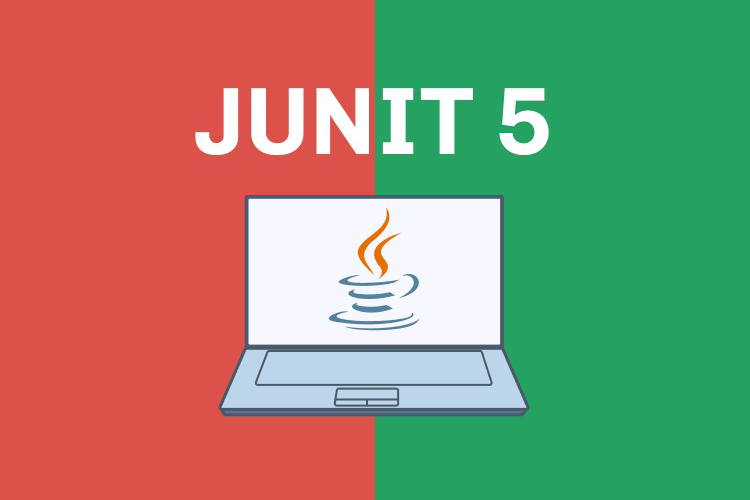Testing software before its release is crucial to the software development life cycle. Finding various shortcomings and fixing them before the final release saves a lot of costs for the organizations.
Releasing software without testing is a recipe for disaster. However, if you think that testing is a cumbersome process there are tools out there for aid. When it comes to Java applications, Java testing frameworks can help you to test your JAVA/J2EE applications with ease.
Here are some of most vital libraries for Java Testing.
JUnit 5
Unit testing framework for the Java programming language.
Fluent chaining assertions java library. One of the most powerful and convenient ways to write assertions. It's also included in the @springboot test framework.
Awaitility
DSL that allows you to express expectations of an asynchronous system in a concise and easy to read manner. Write better tests in asynchronous and multi-threaded apps. It helps to get rid of "Thread.sleep(1000)" in your tests.
REST Assured:
Brings simplicity to testing and validating REST services in Java.
XMLUnit:
This is a library that supports testing XML output in several ways. Assert your XMLs with pleasure.
JsonUnit
JSONUnit a library that simplifies JSON comparison in tests.
Mockito
Mockito is a mocking framework that tastes really good. It lets you write beautiful tests with a clean & simple API. Mockito doesn’t give you hangover because the tests are very readable and they produce clean verification errors
Testcontainers
Testcontainers for Java is a Java library that supports JUnit tests, providing lightweight, throwaway instances of common databases, Selenium web browsers, or anything else that can run in a Docker container.
WireMock
WireMock frees you from dependency on unstable APIs and allows you to develop with confidence. It's easy to launch a mock API server and simulate a host of real-world scenarios and APIs - including REST, SOAP, OAuth2 and more.
Conclusion
Have you used any of these frameworks? Something that was not in the list. Leave a comment and we will improve the list. Thank you for reading.







Comments
Post a Comment